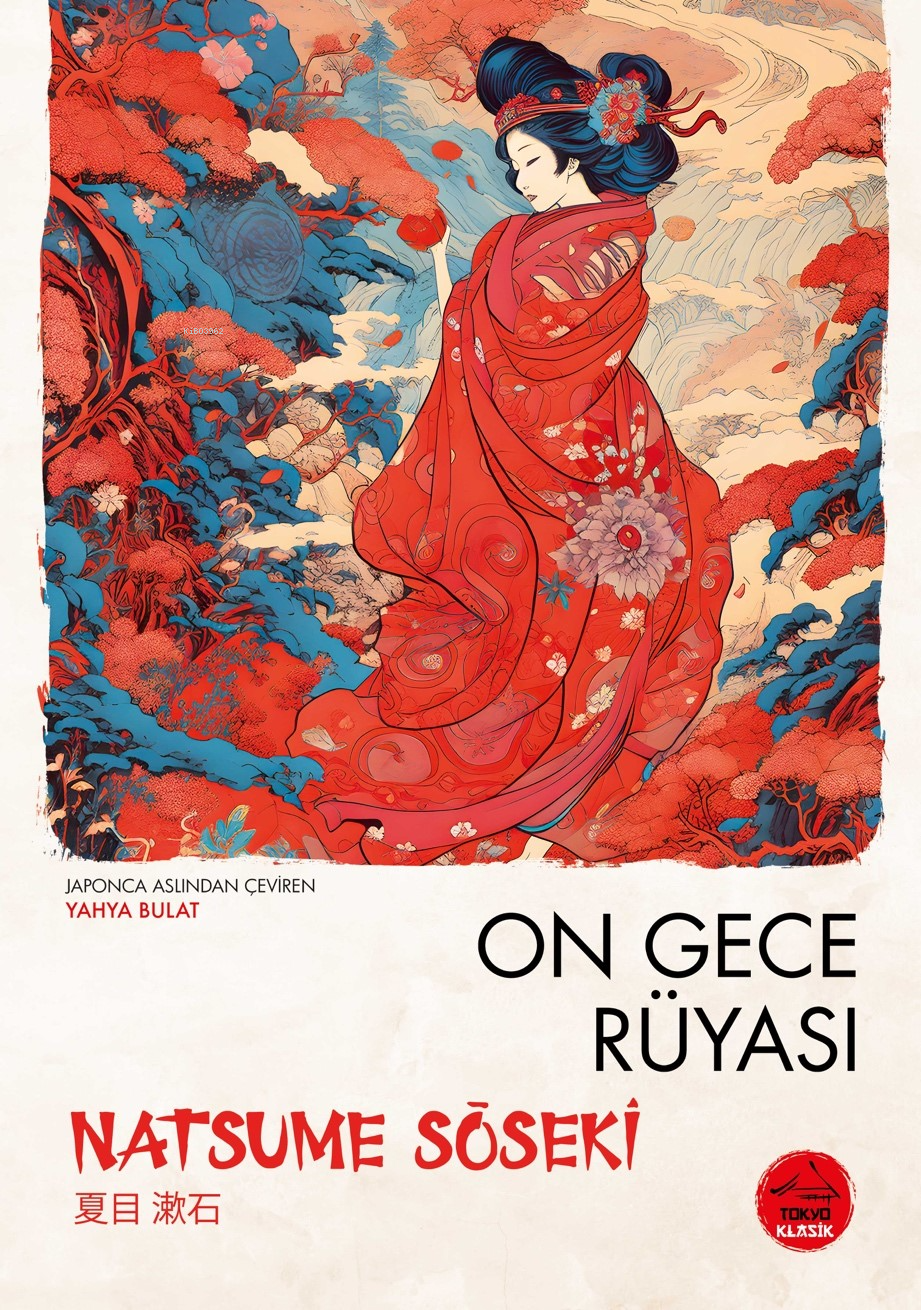What do you think?
Rate this book


96 pages, Paperback
First published January 1, 1809
'The sun rises. And the sun sets. And the sun rises and sets... When the red sun rises in the east and sets in the west, then I will... Will you wait for me?'
'I cannot reach the state of nothingness.' Whenever I felt I was about to reach it, the pain seemed to become more intense, bringing me back. I felt anger. I felt regret. I felt deep chagrin at my failing attempt. Tears flowed from my eyes... But I remained sitting patiently. I had to endure this gut-rending sorrow.
I began to feel afraid of him even though he was my son.
The old man still made his way straight through the river, singing.
'The river will deepen.
The day will darken.
The world will straighten its path.'
The captain scrutinized my face in the firelight and asked me if I would live or die. It was the custom in those days to ask a captive that question. To answer that one would live meant submission; that one would die meant no surrender at any cost. I answered shortly.
At last I had to accept the fact that the Niō does not reside in the wood of the Meiji period. I also learned the reason why Ukei is alive today.
One night when I was alone on deck watching he stars, a foreigner came up and asked me if I knew any astronomy. Here I was almost ready to kill myself as a non-entity. What did I need to know about astronomy? But I kept silent. The foreign man began to tell me about the seven stars over Taurus. He said that the stars and the sea were something God had created. Finally he asked me if I believed in God. I just kept silent, looking up at the sky.
As I crossed the threshold into a barber shop, I saw several people there, all dressed in white, who asked in chorus if they might help me.
I stood in the middle of the room, looking around. It was square. The windows on two sides were open and on the other two walls hung mirrors. I counted six mirrors.
The world has somehow become unsettled. A battle may break out at any moment. There is panic in the air...
Shōtarō, doffing his Panama hat, politely declined, again and again. The woman asked him whether he preferred to be licked by pigs, since he would not venture to jump off the precipice.